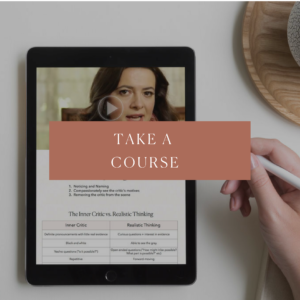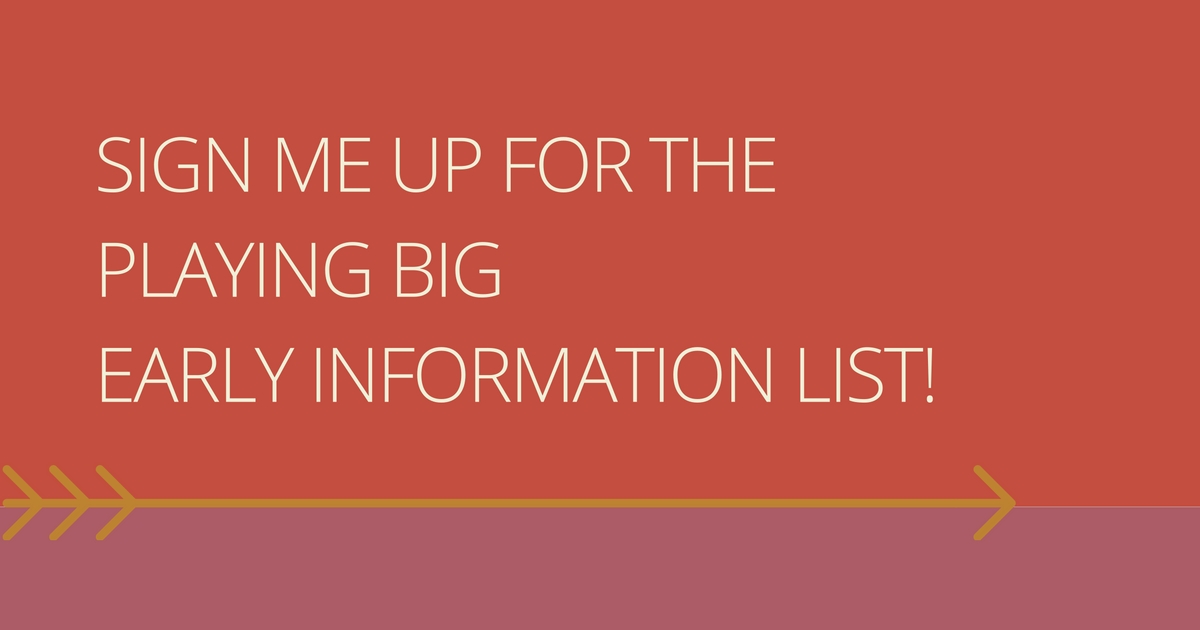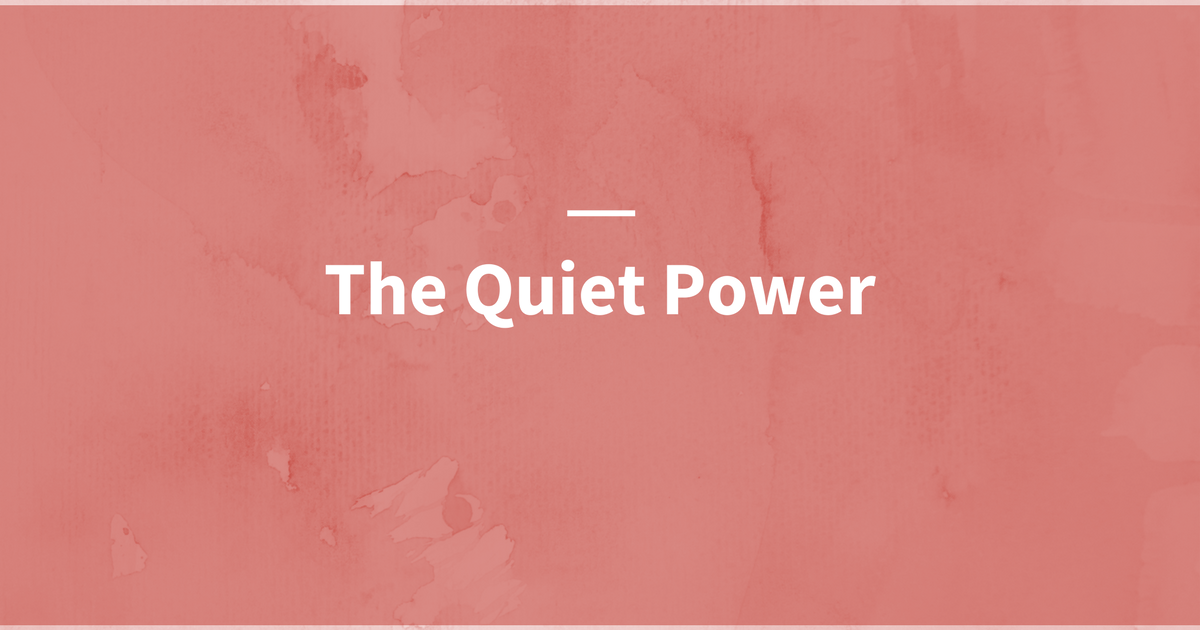I recently read these words from Rosabeth Moss Kanter, management expert and Harvard professor, in Harvard Business Review:
“Change is a campaign, not a decision…CEOs and senior executives make pronouncements about change all the time, and then launch programs that get ignored. To change behavior requires a campaign, with constant communication, tools and materials, milestones, reminders, and rewards.”
We tend to understand this concept when applied to making change in society or organizations. To change America’s eating habits or improve education or overhaul company culture— we know, we can’t just decide to do it. We need a campaign — a multi-faceted effort that happens over time – to raise awareness, reward new behaviors, and put new structures in place.
But when it comes to personal change, we tend to miss this concept. We’ve been taught that if we are self-disciplined enough, passionate enough, strong enough — then we can just 1) decide to change, 2) create a plan, and 3) get to it!
When things don’t work out, we blame ourselves: we “slacked off,” or we “couldn’t keep it up.” We feel like failures.
What would it be like if the next time you wanted to make a change in your life, you thought of it as launching a comprehensive campaign for the change?
What does a campaign to quit sugar look like? Or a campaign to become less driven by fear? A campaign to be more patient with your children?
It encompasses:
· A clear and compelling message about why you are making the change and what’s important about it – and the more that message has vivid stories, imagery, metaphor – the better.
· Powerful reminders along the way, especially Kanter says, things that “nudge” us in the right direction at the point of choice
· Sources of inspiration to sustain motivatation
· Fun celebrations of milestones and rewards for effort
· Mentors, advisors, information resources – a set of collaborators and partners, Kanter says
· Models of people who have done the same
· What else? You add to this list. Design your campaign.
The part of you that wants to change a behavior is just one part of you. Think of that part as “the CEO of the company of you.” Like a CEO, that part can declare whatever the hell it wants — but it won’t get very good results unless it devises ways to change the whole system.
Every part of you needs to be brought along to change. Think about the different parts of you — they are like the stakeholders groups inside of the “company of you.” Allow them all to be a part of crafting the change campaign. What does the scared part of you need to make this work? What about the part that just wants to have fun? What about the compulsive/perfectionistic part? Listen for each of these voices, give them a space to be heard and ask them what they need.
It does take more effort to put a campaign in place; it’s not as easy as declaring to yourself, “I will not overeat anymore!” or “I will not procrastinate!” But then again, doing that never worked anyway, did it?
Love,
Tara






Oh Tara I was already to thrash a NO! commment out when I read the first few lines of that quote but now I can’t. Lol
I think that there’s two big parts of change that need to take place.
1) is the decision to change. The power of decision in life is HUGE and most people miss that.
2) it needs to be followed by massive organised effort and a campaign is a great way to do that.
Years ago I used to work as a fitness instructor and weirdly most people who came to the gym just wanted to diet and get fit to look got for summer or Christmas. The problem with that is that kinda regime is a short fix and really the best way to do it is to make a lifestyle change.
The sticking point I think most people have is that they think that plan 1 will work right out of the box but we both know it doesn’t. Plan 1 won’t work most of the time and usually plans 2,3,4,5,10, and 15 don’t either.
That’s where the power of a campaign comes in doesn’t it?
Great post. 🙂
Tara, so much wonderful food for thought for my life, my blog, my readers, and how to engage them to bring change into their lives. You’re in my head today, nudging me to begin a campaign … or three. Thanks for the inspiration.
Wow — this is brilliant. Love how you actually present examples — sacred side, fun side — perfectionist <– yeah, that member of the board needs a little leave of absence time i'd say….
Thanks for this — (and thnx Katie for the tweet)
Thanks for the pragmatic approach and clear description of how complex substantive change really is. Thx, too, for the STOP sign at the big sinkhole: we crash if we follow the “3 steps to failure” that you describe. (thx for appearance in class, too).